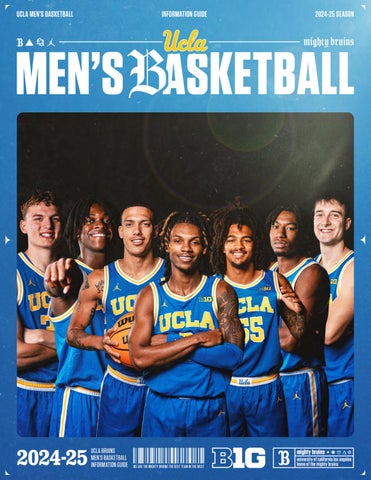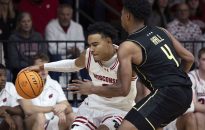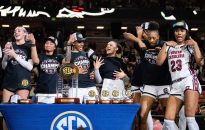Something that was discussed was the effects of the lengthy “bye week,” which was much more than that for the top four teams, who were all knocked out in the first round. After competing in the semifinals last year, some dominant programs like Alabama and Michigan did not make it to the dance. Some teams […]


Something that was discussed was the effects of the lengthy “bye week,” which was much more than that for the top four teams, who were all knocked out in the first round. After competing in the semifinals last year, some dominant programs like Alabama and Michigan did not make it to the dance. Some teams emerged from somewhat turbulent seasons. If the school that publicly declared their football team was making million in NIL money is scrambling for funding, every college football program needs to be on notice. It’s also a question of how much the expanded 12-team CFP format played a role in what was a year of chaos. Notably, neither the runner-up nor the national champion would have qualified for the playoffs under the previous four-team format. They brought in transfer Will Howard to lead at quarterback from the Kansas State Wildcats. Arguably, their evaluation of Howard as the guy was the paramount decision of their offseason. Notre Dame, being a private university, does not publicly disclose those financials. It can be inferred from their football budget submitted to the Department of Education in the same fiscal year, albeit in a different format, that they are among the top spenders. Their reported .9 million budget was the fifth highest among all schools—and just one spot below the Buckeyes at .4 million.But how much did that make a tangible difference for Ohio State?However, the agreements produced by the Big Ten on Monday, which detail the issues with revenue-sharing contracts for the players, demonstrate the evolving era that has thrown even the Buckeyes amid the chaos. Several factors were at play for the teams who had to fight a gauntlet to reach the national title. The star power that Ohio State added this offseason is hard to ignore. Ohio State awarded million in funds to both current and incoming players. The team brought in Alabama transfer safety Caleb Downs and Ole Miss running back Quinshon Judkins, who ran for 100 yards on 11 carries and recorded two rushing and one receiving touchdown in the win.While parity dominated many conversations in the college sports landscape with the introduction of NIL, one of the nation’s most affluent athletic departments won their ninth title.Before the season, Athletic Director Ross Bjork told Yahoo Sports that the football team players received promises of around million in NIL deals. That’s the highest figure in the country. So much of NIL is unreported and unregulated that it is challenging to know the true distinction of the Buckeyes’ resources and expenditures. It’s been eleven years since Ohio State last won it all, and the victory comes at a time where the sport could see the trajectory of athlete compensation altered. The current structure of brand deals and collectives is set to grow, with compensation coming directly from schools.The school sponsors 36 sports and doesn’t receive any outside funds; the bulk of money comes from ticket sales, donations, and media rights. According to Sportico, the Ohio State athletic department spent 4.9 million on athletics in the 2022-23 year, the most among public schools by a significant margin. They have claimed to have the biggest budget in the country, including private schools. Texas is the closest spender at 2.2 million, followed by Michigan at 5.6 million. The Ohio State Buckeyes won the College Football Playoff national championship game on Monday against the Notre Dame Fighting Irish in a run fueled by a strong NIL department.














